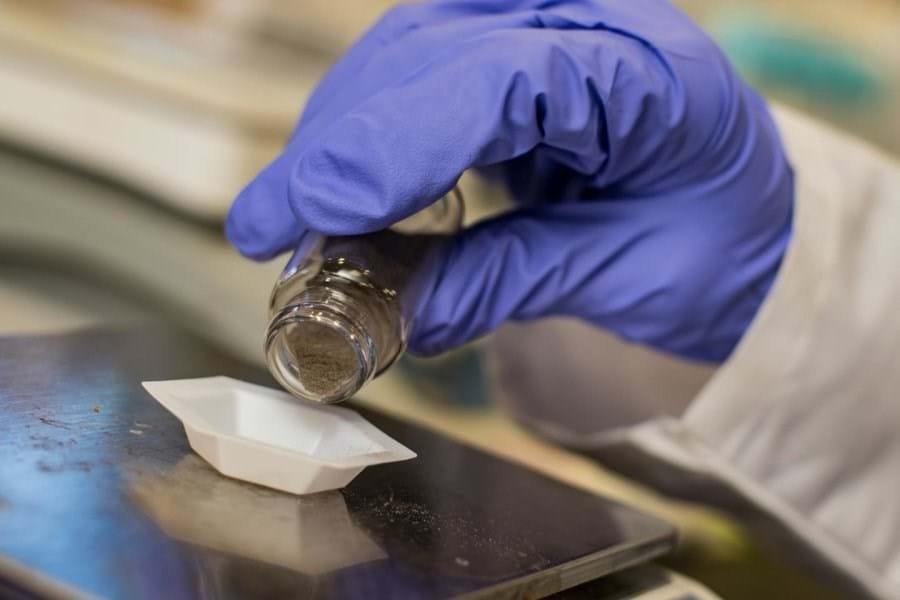Catalyst turns nitrate pollution into water and N2

RESEARCHERS at Rice University, US, have developed a nanoparticle catalyst that converts hazardous nitrate contamination in water into more water and nitrogen gas.
Nitrates enter water supplies largely through agricultural runoff, and the problem is thought to be getting worse due to land-use changes. As well as causing environmental problems through eutrophication, nitrates are toxic to babies and pregnant women and may also be carcinogenic. In the US, the Environmental Protection Agency (EPA) regulates nitrate content in drinking water, and much of it must be treated. This is generally through the use of ion exchange resins, but these do not destroy the nitrates and must be flushed regularly to remove them.
The team at Rice’s Nanotechnology Enabled Water Treatment (NEWT) Center, led by Rice chemical engineer Michael Wong, have instead developed their catalyst to completely break down the nitrates into nitrogen and water, with the addition of hydrogen. NEWT was set up in 2015 by the National Science Foundation to develop compact and mobile off-grid water treatment systems, for applications such as humanitarian emergency response, rural water systems, and wastewater treatment and reuse at remote sites such as onshore and offshore drilling platforms.
In 2013, Wong and his group developed a catalyst made of tiny gold spheres dotted with specks of palladium which could break apart nitrites, similar molecules to nitrates, but the catalyst was not effective for nitrates. Researcher Kim Heck discovered in a literature search that indium and palladium might be effective, and the team set to work to optimise a catalyst based on these metals.
They coated 40% of the surface of tiny spheres of palladium with indium to create the most active catalyst for breaking down nitrates. It is 50% more efficient than any catalyst previously reported at breaking down nitrates. The Rice team worked with chemical engineers Jeffrey Miller of Purdue University and Lars Grabow of the University of Houston to study the reaction and found that indium breaks down the nitrates, while palladium prevents the indium from becoming permanently oxidised.
Heck explained: “Indium likes to be oxidised. From our in situ studies, we found that exposing the catalysts to solutions containing nitrate caused the indium to become oxidised. But when we added hydrogen-saturated water, the palladium prompted some of that oxygen to bond with the hydrogen and form water, and that resulted in the indium remaining in a reduced state where it's free to break apart more nitrates.”
Wong and the team now hope to develop a commercially-viable system with other researchers and industrial partners.
“That's where NEWT comes in. NEWT is all about taking basic science discoveries and getting them deployed in real-world conditions. This is going to be an example within NEWT where we have the chemistry figured out, and the next step is to create a flow system to show proof of concept that the technology can be used in the field,” said Wong.
ACS Catalysis doi.org/ch48
Recent Editions
Catch up on the latest news, views and jobs from The Chemical Engineer. Below are the four latest issues. View a wider selection of the archive from within the Magazine section of this site.




